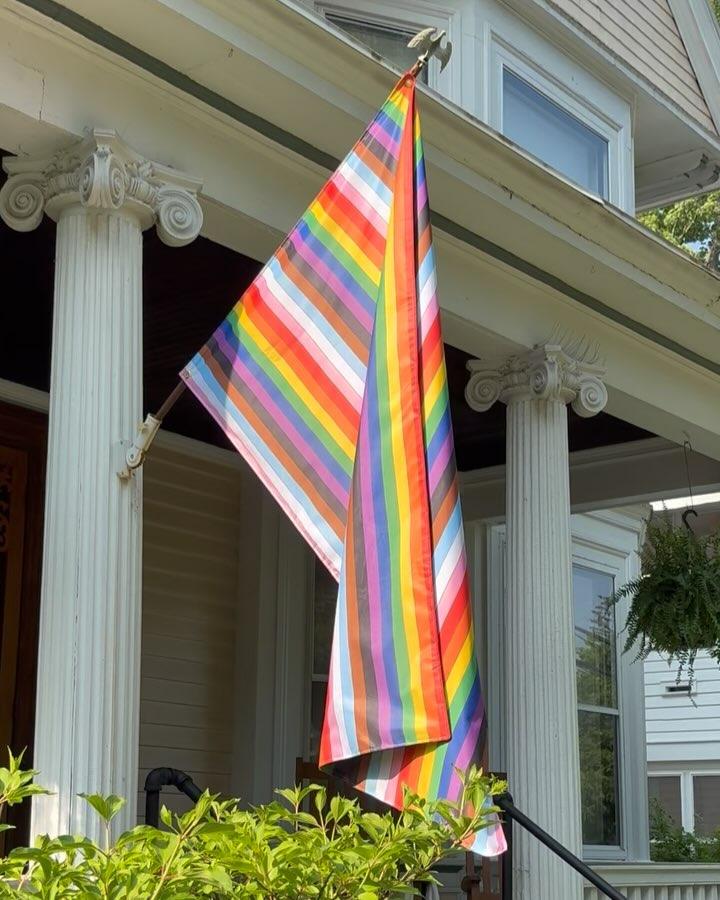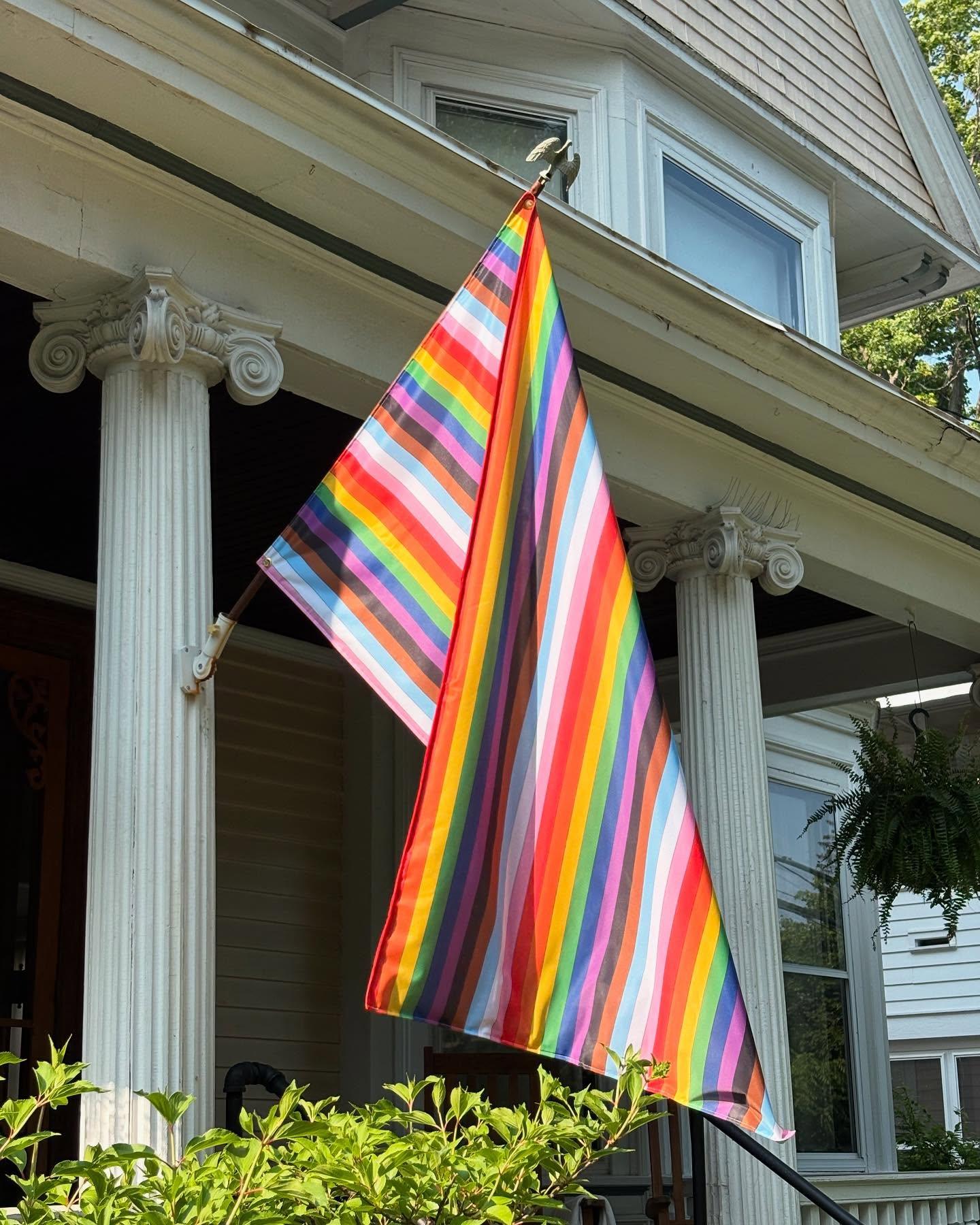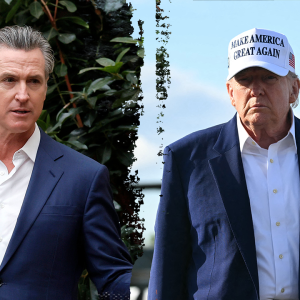**Introduction:**

They’re shouting. They’re demanding. They’re everywhere—a relentless, technicolor assault on the senses. This year, Pride Month feels less like celebration and more like a battlefield. The joy, once so fiercely defended, has been fractured, poisoned by the rising tide of political extremism and religious fervor. But amidst the chaos, a crucial question lingers: what *is* pride, really? And who gets to define it?

**Body:**

The hashtag #happypride has been weaponized, drowned out by a chorus of vitriol. “Colonizing and erasure”—a furious cry from someone pointing to the very origins of the rainbow flag, initially a symbol of resistance against police brutality. The pushback isn’t simply about aesthetics; it’s a fundamental challenge to the narrative of queer liberation. Suddenly, every iteration of the flag is scrutinized, every gesture interpreted as a power play. The claims of “white privilege” echoing through the replies are met with accusations of “anti-white” sentiment—a classic tactic designed to inflame passions and deflect from genuine critique.
“Do you accept me even though I’m part of the LGBTQ+ community?”—a desperate plea from Zambales, a poignant reminder that even within a community, anxieties about belonging and validation persist. The Church’s pronouncements—a declaration that family is defined by “the union of a man and a woman”— reverberate with an alarming force, threatening to unravel decades of progress. And then there’s the disturbing spectacle of someone claiming to have heard a message from God, demanding the construction of separate transgender bathrooms – a claim that highlights the deeply rooted anxieties about bodily autonomy and the very definition of “normalcy.”
The relentless commodification of Pride has further eroded its meaning. “Pride Stacks” – collections of books ostensibly celebrating LGBTQ+ experiences – are dismissed as “anti-Pride” gestures, revealing a fundamental mistrust of intention. The obsession with influencers, the focus on aesthetic consumption, feels like a betrayal of the movement’s core values. Meanwhile, the persistent struggle for recognition – the attempts to turn Pride into a month-long spectacle – reveals a deep-seated insecurity, a desperate need for external validation.
It is time to ask ourselves if being queer is to always be a battle, forever fighting for the right to simply *be*– or to define and celebrate what it means to be an ally.
**Conclusion:**
The fight for pride isn’t about flags or parades—it is about confronting the shadows that seek to extinguish joy. It is about recognizing that the most potent weapon against division isn’t tolerance, but genuine empathy. Will we continue to be consumed by outrage, or will we find a path toward a future where inclusivity isn’t a battleground, but a testament to the enduring power of the human spirit? **Discover the truth behind the controversy. Find out what happens next…**



